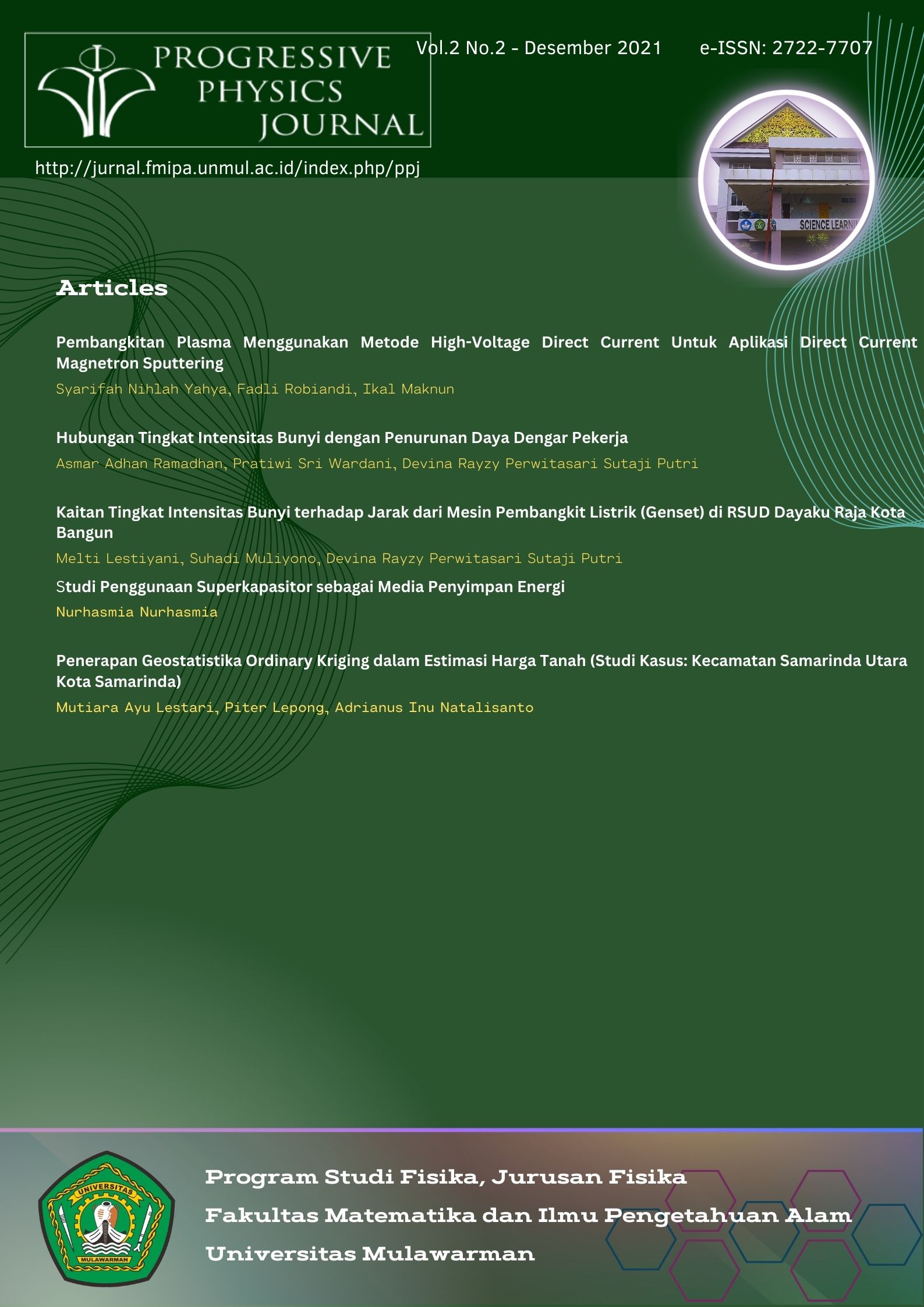Hubungan tingkat intensitas bunyi dengan penurunan daya dengar pekerja
Indonesia
DOI:
https://doi.org/10.30872/ppj.v2i2.781Keywords:
Hearing Power, Noise, CorrelationAbstract
Abstract
Noise is unwanted sound that can cause health problems and environmental comfort at a certain level and time. Noise Induced Hearing Loss (NHL) is a type of sensorineural hearing loss caused by exposure to sufficient/loud noise over a long period of time. This study was conducted to determine the effect of noise on the hearing of workers working in the Ground Handling area of Samarinda airport, to determine the noise level received by workers in the Airport Ground Handling Area, and to know the importance of using PPE on the hearing of workers while doing work. The noise measurement method is measuring at predetermined points using a Sound Level Meter. Then, it was continued by measuring the hearing level of workers in a soundproof room alternately using audiometry, then a correlation test was carried out to determine the relationship between the two variables, namely noise and the hearing level of workers. Based on the results of the study, it is known from the results of the average hearing that has been correlated with total noise exposure in the work area, it can be seen that the hearing level of workers is decreasing over time, this is due to the amount of noise exposure received by workers during work activities.







